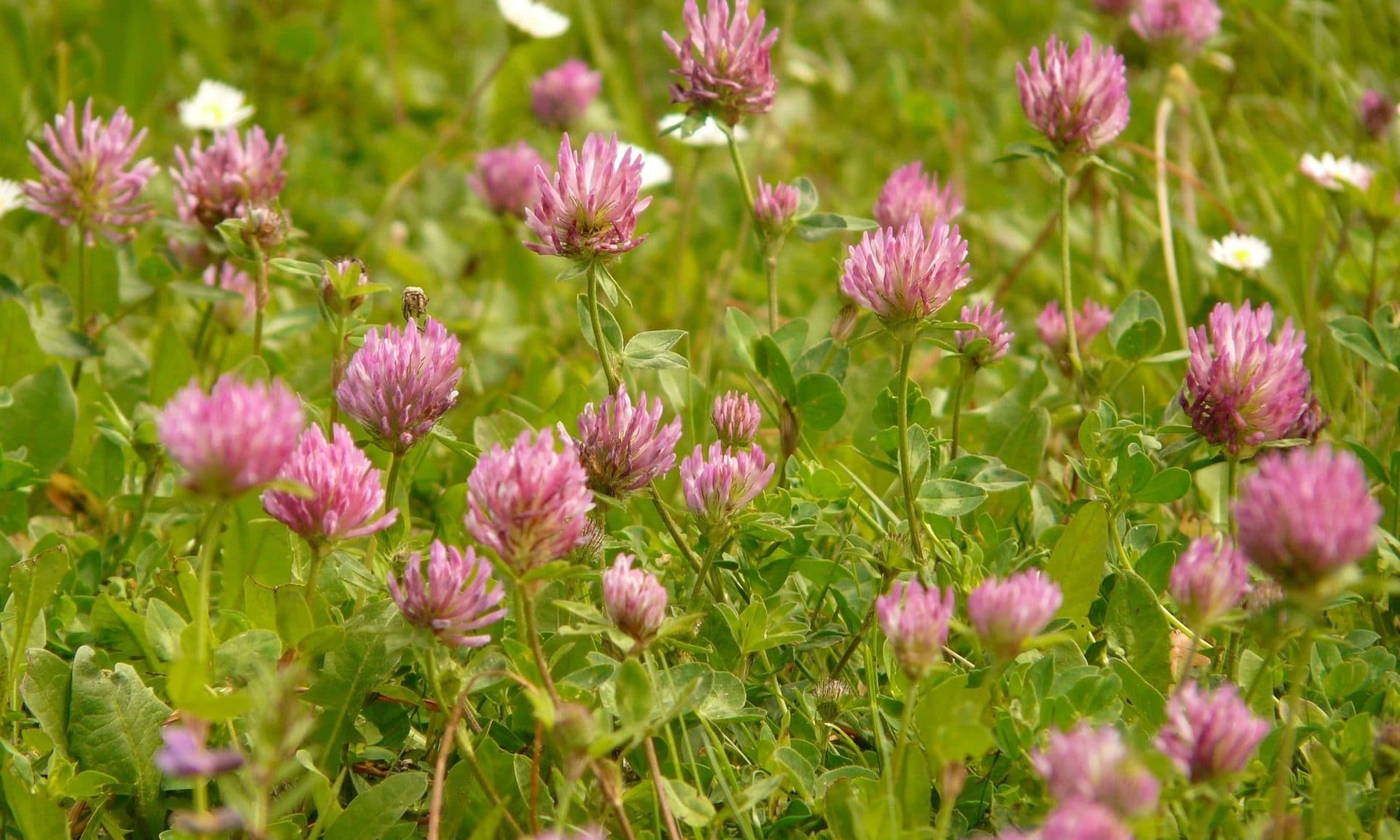 Soy isoflavones are naturaly present in the soy bean. The soy bean (Glycine max) has been known to mankind in its original area, Asia for 5000 years. Soy was considered as one of the 5 holy crops, besides rice, wheat, barley and millet.Soy has been used in the Western world only since the 20th century.
Soy isoflavones are naturaly present in the soy bean. The soy bean (Glycine max) has been known to mankind in its original area, Asia for 5000 years. Soy was considered as one of the 5 holy crops, besides rice, wheat, barley and millet.Soy has been used in the Western world only since the 20th century.
Soy bean is a leguminous plants like peas or green beans. Soybeans can bind nitrogen from the air in the soil. Soy can be grown on a variety of soils and a wide range of climates, ranging form tropical Brazil to the snowy island Hokkaido in Japan. The soy bean plant is an erect hairy plant of about 0.7 to 1.4 m with large trifoliate leaves, white or flowers and pods with only one to four seeds. The soy beans are almost spherical in shape and are light yellow coloured, although some varieties are green, brown or black.
Soy benefits
Soybeans have been a main food in Asian countries for many years. This is because they are very nutritious: they contain about 36% protein, 18% fat, 30% carbohydrates, isoflavones and a lot of minerals and vitamins. All eight essentials amino acids are present, making the soybean protein a complete protein.
Soy is healthy
The increasing popularity of soy foods is mainly attributed to the large amount of health benefits which are associated with the consumption of soy. The role of soy in the prevention of chronic diseases continues to be a top priority for scientist around the world. Linking health and soy consumption give striking results: lower number of hormonal depending tumors such as breast cancer, prostate cancer, better bone stability, lower risk of developing osteoporosis and an extremely low rate of menopause symptoms for Chinese or Japanese women.
This explains why the menopause symptoms, hot flushes, osteoporosis and cancers are less frequent in Aziatic countries. Arjmandi BH demonstrated with rats that soy protein can prevent osteoporosis in situations with ovarian hormone deficiency (such as during menopause). The soy proteins used in this test contained natural soy isoflavones.
Soy isoflavones
The main components of soy are proteins, soy bean oil and carbohydrates. These are healthy components but the soy isoflavones are responsible for many of health benefits. Dried soy beans contain about 200 mg soy isoflavones per 100 g soy beans.The most important soy isoflavones are daidzein and genistein.
References
Prevention of spontaneous prostate-related cancer in Lobund-Wistar rats by a soy protein isolate – isoflavone diet. Prostate 2000 Oct 1;45(2):101-5
Effects of a soy milk supplement on plasma cholesterol levels and oxidative DNA damage in men–a pilot study. Eur J Nutr. 1999 Jun;38(3):143-8
Absorption in humans of isoflavones from soy and red clover is similar. J Nutr 2002 Aug;132(8):2199-201
Soy, isoflavones, and breast cancer risk in Japan. Journal of the National Cancer Institute, Vol. 95, No. 12, 906-913, June 18, 2003
The long term effects of soy-based formula on isoflavone concentration of plasma and urine, and growth and recognition development at 10 and 20 months old infants. Asia Pac J Clin Nutr. 2004;13(Suppl):S123
Dietary soybean protein prevents bone loss in an ovariectomized rat model of osteoporosis. J Nutr. 1996 Jan;126(1):161-7
Environmental Influence on Isoflavones and Saponins in Soybeans and Their Role in Colon Cancer. Journal of Nutrition 135: 1239-1242, 2005
Soyfood Intake during Adolescence and Subsequent Risk Of Breast Cancer among Chinese Women. Cancer Epidemiology, Biomarkers and Prevention. 2001 May;10(5):483-8
Dietary Soy Isoflavones and Estrone Protect Ovariectomized ERKO and Wild-Type Mice from Carcinogen-Induced Colon Cancer. Journal of Nutrition:179-182, January 2004
Phytoestrogens: the biochemistry, physiology, and implications for human health of soy isoflavones. American Journal of Clinical Nutrition, Vol 68, 1333S-1346S
Soya food intake and risk of endometrial cancer among Chinese women in Shanghai: population based case-control study. British Medical Journal, 2004 May 29; 328(7451):1285
Soy intake related to menopausal symptoms, serum lipids, and bone mineral density in postmenopausal Japanese women. Obstet Gynecol. 2001 Jan;97(1):109-15
Soy Protein Has a Greater Effect on Bone in Postmenopausal Women Not on Hormone Replacement Therapy, as Evidenced by Reducing Bone Resorption and Urinary Calcium Excretion. The Journal of Clinical Endocrinology & Metabolism Vol. 88, No. 3 1048-1054
Bioavailability of Isoflavones after Ingestion of Soy Beverages in Healthy Adults. J. Nutr. 136:2291-2296, September 2006
